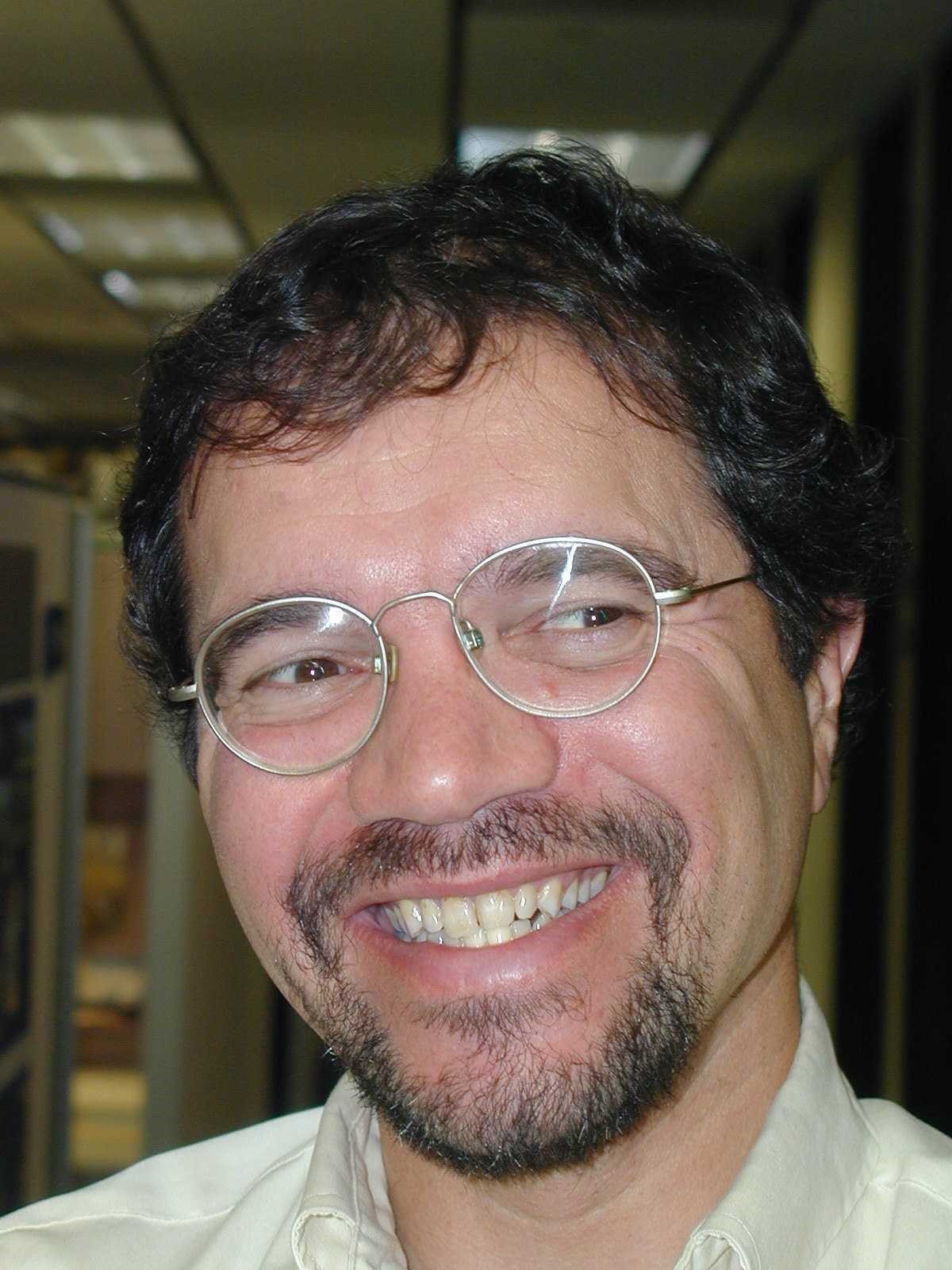Dr. Peter Lilienthal
Dr. Peter Lilienthal
HOMER Energy

Dr. Peter Lilienthal is the CEO of HOMER Energy. Since 1993, he has been the developer of the National Renewable Energy Laboratory's HOMER® hybrid power optimization software, which has been used by over 190,000 energy practitioners in 193 countries. NREL has licensed HOMER Energy to be the sole world-wide commercialization licensee to distribute and enhance the HOMER model. Dr. Lilienthal was the Senior Economist with International Programs at NREL from 1990 – 2007. He was one of the creators of NREL's Village Power Program. He has a Ph.D. in Management Science and Engineering from Stanford University. He has been active in the field of renewable energy and energy efficiency since 1978. This has included designing and teaching courses at the university level, project development of independent power projects, and consulting to industry and regulators. His expertise is in the economic and financial analysis of renewable and micro-grid projects.
For decades the business model for the electric utility industry has been about centralized power production that feeds electricity into homes and businesses at an affordable price. Or in remote applications it has been about diesel generation. However, in the last 20+ years this model has been changing as newer, cleaner distributed sources of energy generation and more recently storage, have entered the market place. Now, from residential to industrial, consumers have new choices that are fast becoming competitive. Built into microgrids and hybrid distributed energy systems, these provide higher quality power that's often more reliable than traditional utility power in many parts of the world. The challenge to date has been around the economics.
This presentation covers just what on-grid and off-grid microgrids are and how this technology is evolving around the world. With multiple technologies available such as solar, wind, hydro, biomass, diesel, CHP, fuel cells, microturbines, and multiple forms of energy storage, the consumer is often left confused about what technology to use. This challenge is compounded because these smaller systems can't afford the same level of bespoke engineering that traditionally went into large centralized power plants. It is further compounded by the fact that the least cost system is usually a hybrid combination of multiple energy sources. The answer is economic optimization modeling. Easy to use economic optimization modeling will drive the industry forward into the clean energy space by helping everyone from utilities to developers to homeowners understand the design trade-offs and find best solution for their application. We will cover the economics of a couple of examples of microgrids in remote and grid connected settings using distributed renewables with storage.
Presentation: Microgrids and Hybrid Distributed Generation, It's all about the Economics

